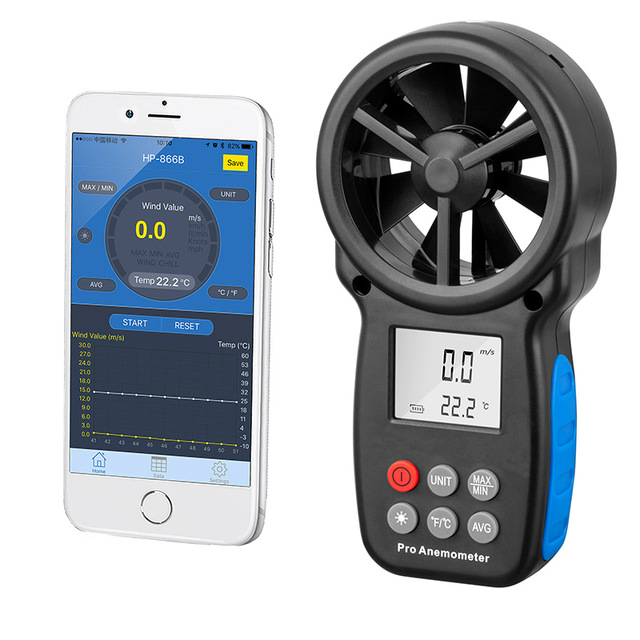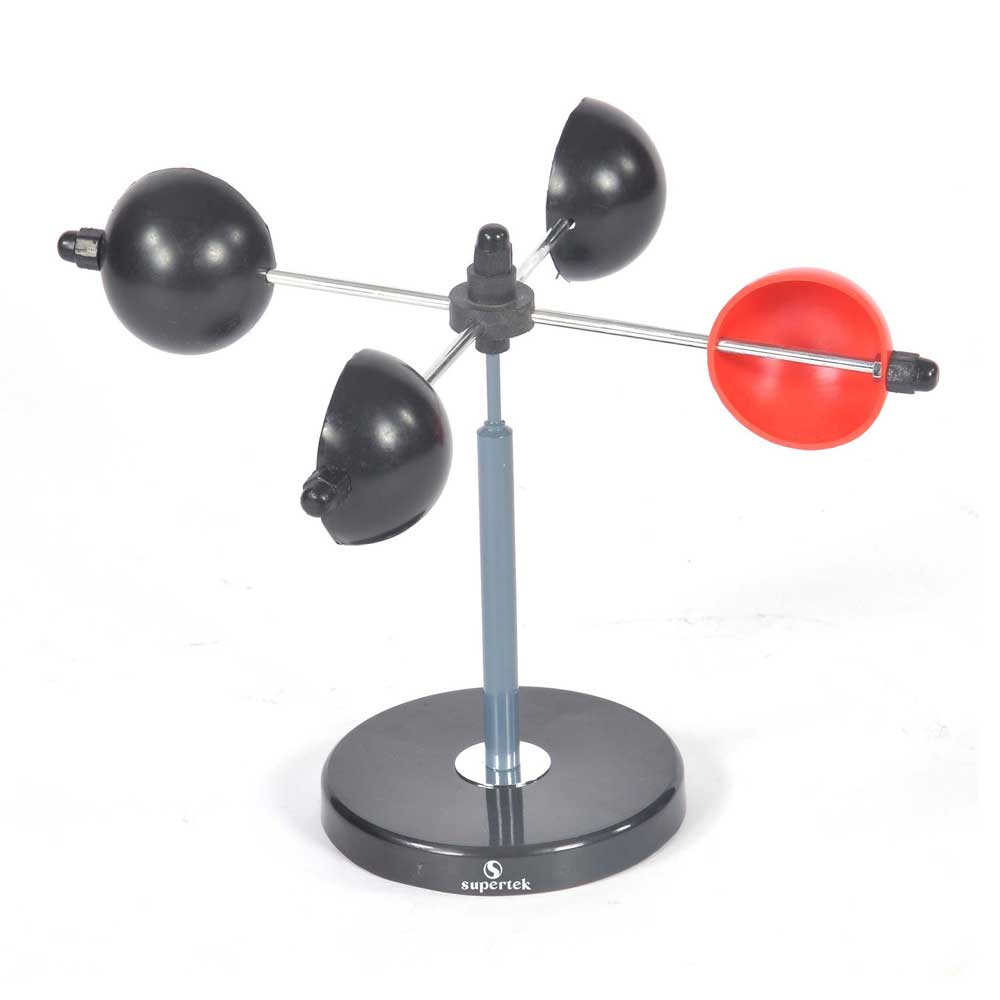Anemometer Innovations: The Most Up To Date Modern Technology for Wind Speed Measurement
Anemometer Innovations: The Most Up To Date Modern Technology for Wind Speed Measurement
Blog Article
All You Required to Find Out About Anemometers: Exactly How They Work, Why They Matter, and Where to Use Them
Anemometers, however typically neglected in the world of scientific tools, play a critical function in various areas, offering important insights right into wind speed and air flow patterns. Understanding the auto mechanics behind these devices is crucial for anybody looking for to harness the power of this data. From meteorologists tracking weather condition patterns to designers designing structures with wind loads in mind, the applications of anemometers are significant and varied. As we dive into the details of anemometer innovation, we will certainly uncover the inner functions of these tools, their significance, and the crucial factors to consider when selecting the best anemometer for details applications.

Anemometer Basics
An important instrument used to gauge wind rate and instructions, the anemometer plays an important role in meteorology and numerous markets. An anemometer normally consists of three or 4 cups that rotate in the wind, a vane that points right into the wind, and sensors to track the rotations or motions. By calculating the turnings or motions over a particular period, the anemometer can determine wind rate. The vane helps establish wind instructions by pointing right into the wind, offering beneficial information for weather projecting, aviation, maritime procedures, environmental surveillance, and wind energy applications.
There are various sorts of anemometers readily available, including mug anemometers, vane anemometers, hot-wire anemometers, and sonic anemometers, each with its unique attributes and applications. Cup anemometers are typically made use of for basic wind rate measurements, while vane anemometers are preferred for directional dimensions. Hot-wire anemometers appropriate for low airspeeds, and sonic anemometers are excellent for high-precision measurements in research study and commercial settings. Comprehending the fundamentals of anemometers is important for precise wind data collection and evaluation across various markets.
Principles of Anemometer Procedure
Structure on the fundamental understanding of anemometer basics, the principles of anemometer procedure illuminate the technicians behind wind speed and direction measurements. Anemometers operate the concept of air flow influencing a sensor, creating it to rotate. Cup anemometers, as an example, have three or even more mugs that catch the wind, causing them to spin faster as the wind rate increases. The rotation rate is then exchanged a wind speed dimension. Vane anemometers, on the other hand, use a tail or a probe that straightens itself with the wind direction, providing a measurement of wind direction based upon the orientation of the sensor. Hot-wire anemometers count on a heated cable that cools down as wind passes over it, with the rate of cooling identifying the wind rate. Ultrasonic anemometers action wind speed and direction by analyzing the moment it takes for ultrasonic signals to take a trip in between transducers. Comprehending these concepts is important for accurate and dependable wind dimensions in different applications.
Significance of Anemometers
Anemometers play a critical duty in determining wind speed and instructions, providing vital information for weather condition forecasting, environment studies, environmental monitoring, and aeronautics procedures. Meteorologists count on anemometers to collect accurate wind information, aiding them comprehend climate patterns, anticipate tornados, and issue timely warnings to the public. Wind ranch drivers utilize anemometers to evaluate her latest blog wind conditions and make best use of power production from wind turbines.
Applications Across Different Industries
In the eco-friendly energy sector, anemometers play a crucial duty in evaluating wind conditions for wind this ranch placements, guaranteeing optimum energy production. Industries like building and mining use anemometers to check wind rates, crucial for safety procedures, especially when working at elevations or in open-pit mines where solid winds can pose hazards. In agriculture, anemometers help farmers in taking care of plant splashing by providing real-time data on wind speed to prevent drift.

Selecting the Right Anemometer for Your Requirements
For basic functions, a cup anemometer is appropriate for determining wind speed, while a vane anemometer supplies wind direction data. Hot-wire anemometers are suitable for low airspeed measurements, and ultrasonic anemometers use high accuracy and toughness.

Conclusion
Finally, anemometers play a critical function in measuring wind rate and direction throughout different sectors. Comprehending the principles of anemometer procedure is vital for selecting the right website here tool for details needs. From weather forecasting to air travel, anemometers are important tools for accumulating accurate information and guaranteeing security in different applications. It is necessary to take into consideration the relevance of anemometers in order to make educated decisions when picking the most appropriate tool for determining wind problems.
There are numerous kinds of anemometers available, including cup anemometers, vane anemometers, hot-wire anemometers, and sonic anemometers, each with its special attributes and applications. Mug anemometers are frequently utilized for fundamental wind speed dimensions, while vane anemometers are liked for directional dimensions. Hot-wire anemometers are ideal for reduced airspeeds, and sonic anemometers are perfect for high-precision measurements in research and industrial settings.Building on the fundamental understanding of anemometer essentials, the principles of anemometer procedure clarify the mechanics behind wind rate and instructions dimensions. For basic functions, a mug anemometer is appropriate for determining wind speed, while a vane anemometer supplies wind direction data.
Report this page